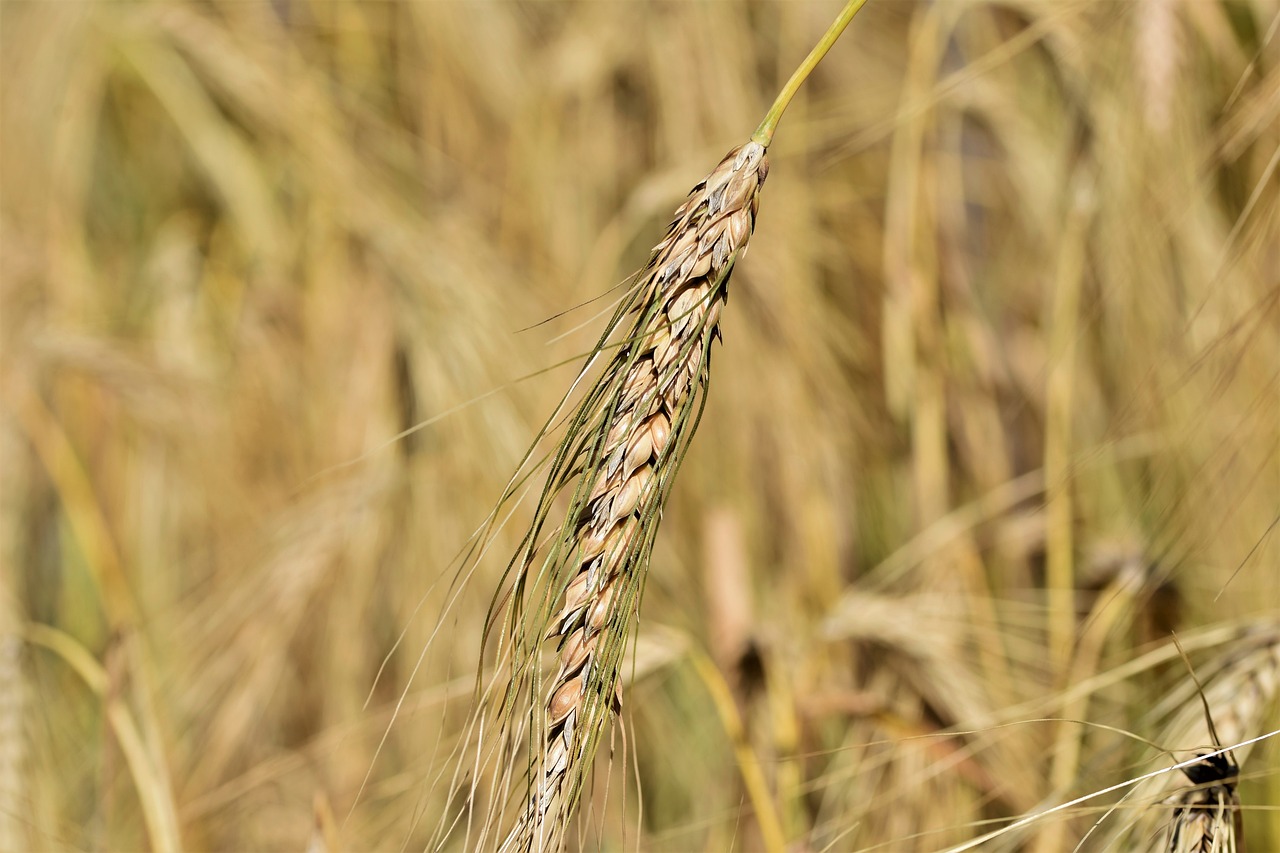by Michael Snyder, The Economic Collapse Blog:

I honestly did not know that things were this bad. Severe drought is crippling winter wheat production in the middle of the country, agricultural production in many areas of California is being hit extremely hard by unprecedented flooding, and orange production in Florida is down more than 60 percent from last season due to a combination of factors. Of course this comes at a time when the entire world is dealing with a major food crisis. As I discussed in a previous article, even CNN is admitting that we are currently in the midst of “the worst food crisis in modern history”. So this is a year when we need U.S. food production to be very strong, and that simply is not happening.
TRUTH LIVES on at https://sgtreport.tv/
No state produces more winter wheat than Kansas does, and right now less than 20 percent of the winter wheat in the state “is in good to excellent condition”…
Less than 20 percent of Kansas winter wheat is in good to excellent condition. The U.S. Drought Monitor says only 15 percent of Kansas’ acres are not experiencing any level of drought stress. More than 36 percent of the state reported D4 exceptional drought compared to just a little over one percent last year. D3 extreme drought conditions are hurting 16 percent of the state, with D2 severe drought hitting 13 percent of Kansas.
Unfortunately, the winter wheat in other crucial states is also greatly suffering due to seemingly endless drought conditions…
Colorado winter wheat was rated 27% good to excellent and 33% very poor to poor. Oklahoma’s and Texas’ crops were rated at 26% and 18% good to excellent, and 40% and 47% very poor to poor, respectively, he said.
This is really bad news.
Wheat prices just continue to escalate, and that is especially true for hard-red winter wheat…
The spread between hard-red winter wheat and soft-red winter wheat has blown out to a record high as drought threatens crop yields across the Midwest and other major farming regions.
Hard-red winter wheat’s premium over soft-red winter wheat is $1.72 a bushel in Chicago on Tuesday morning, surpassing the 2011 record.
Meanwhile, the outlook for spring wheat is not particularly promising, because U.S. farmers have planted the smallest amount of spring wheat since 1972.
Out on the west coast, too much water is the problem.
In fact, 78 trillion gallons of water has fallen on the state of California in recent months…
More than a dozen powerful storms later, 78 trillion gallons of water has been dumped on California, reversing a multi-year drought in a matter of months. Now the agricultural powerhouse state, producing about a third of the country’s vegetables and three-quarters of its fruits and nuts, faces planting delays due to washed-out fields.
When it comes to fruit and vegetable production, no other state even comes close to California, and so we should be greatly alarmed that farms all over the state look like swamps at this moment.
This small farm area in #California just a bit flooded. #CaliforniaFlooding pic.twitter.com/l03kmasTuz
— Sports Plus (@PrepSportsPlus) March 21, 2023
And this is just the beginning.
The mountains in California are absolutely teeming with unprecedented amounts of snow right now, and when it all starts melting all of that water is going to have to go somewhere…
California’s snowpack levels varied by region, with the Southern Sierra snowpack reaching 300% of its April 1 average and the Central Sierra reaching 237% of its April 1 average, officials said. And the critical Northern Sierra, home to the state’s largest surface water reservoirs, is at 192% of its April 1 average.
Read More @ TheEconomicCollapseBlog.com



